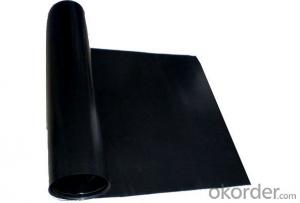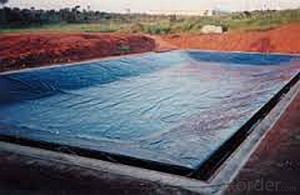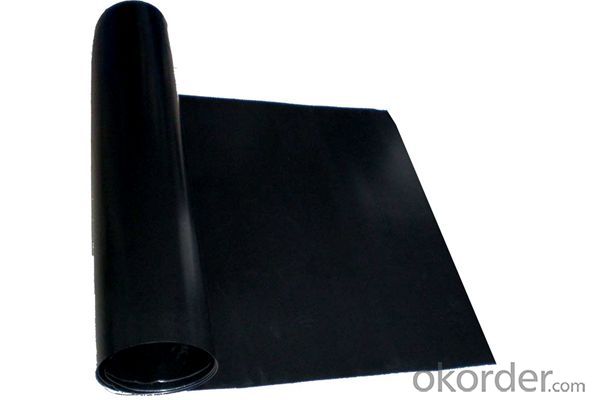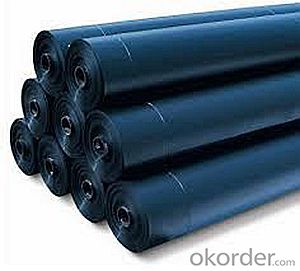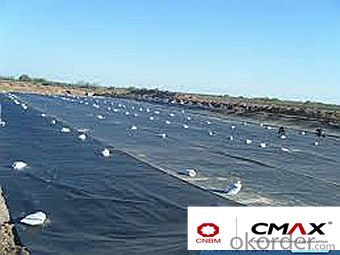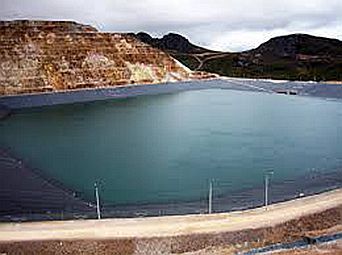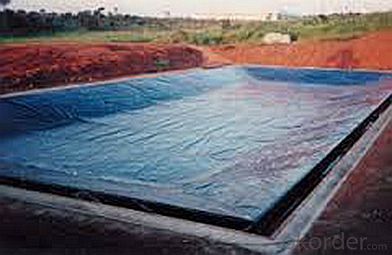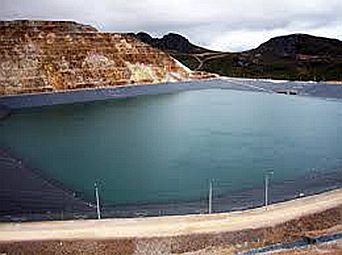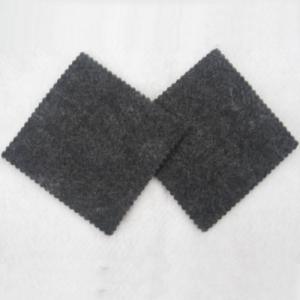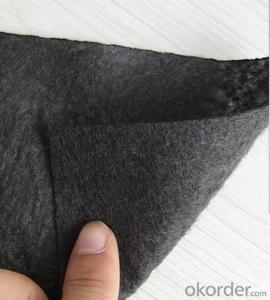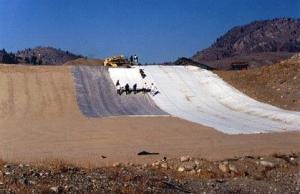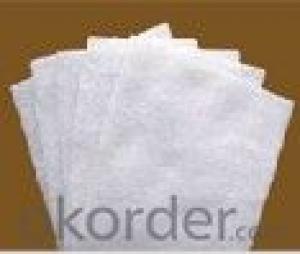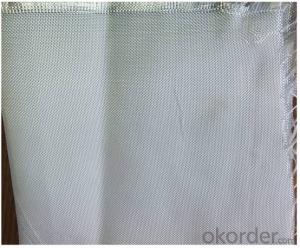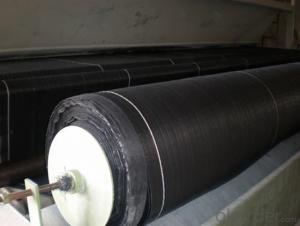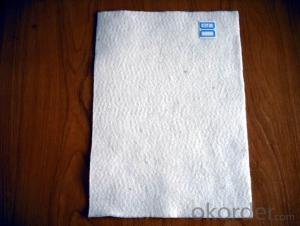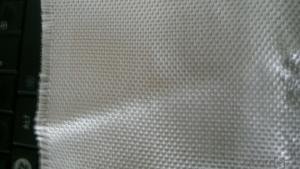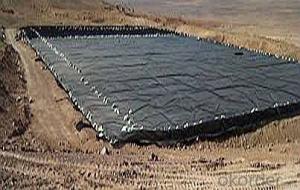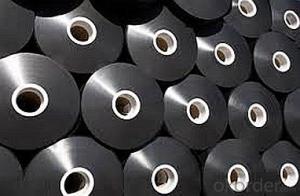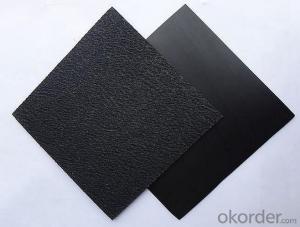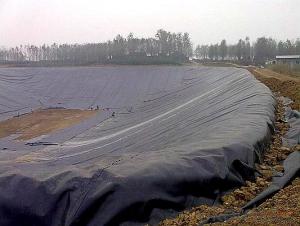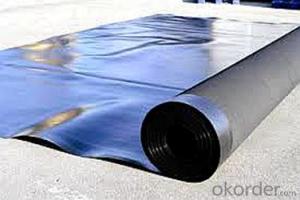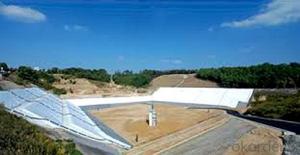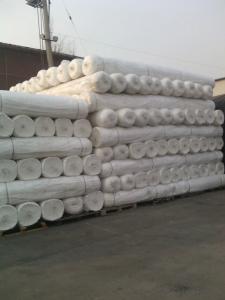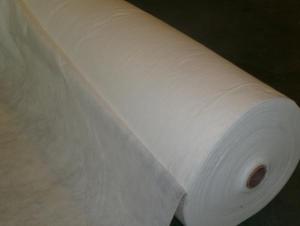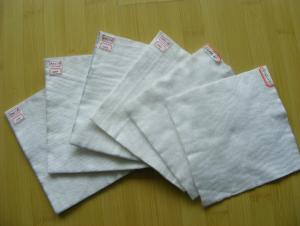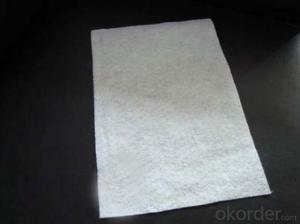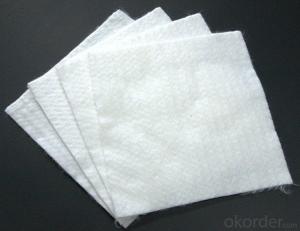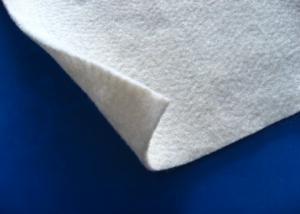High-Density Polyethylene Geomembrane and Geotextile for Gabion Wall in Radioactive or Hazardous Waste Liquid Management
- Loading Port:
- China main port
- Payment Terms:
- TT OR LC
- Min Order Qty:
- 1000 m²
- Supply Capability:
- 1000000 m²/month
OKorder Service Pledge
OKorder Financial Service
You Might Also Like
Specification
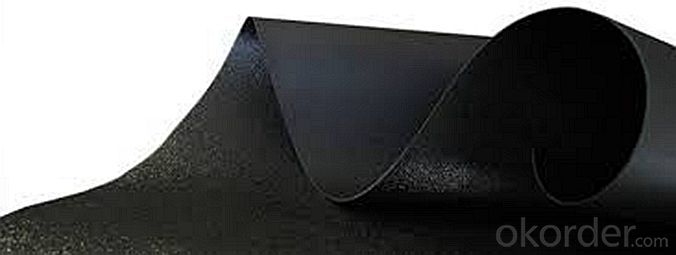
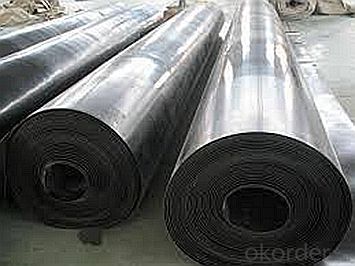
Type:
Geomembranes, HDPE Geomembrane
Place of Origin:
China (Mainland)
Brand Name:
CMAX
Model Number:
GM
Material:
HDPE, HDPE
Density:
0.94kg/m3
Thickness::
1mm-3mm
Width::
4-9m
Color:
Black/ Blue/Green and Other
Standard:
ASTM/ GM13/GH-1/GH-2
Surface:
Smooth/ Textured
serves
1.On a regular basis or as per your request,we entrust national testing agencies to conduct quality inspections
2. Strictly in accordance with the ISO9001-2008 international quality system standard,we monitor and manage the whole process throughout production,quality testing,and measurement to ensure product quality
3. For quality-related construction delay or substandard construction(except for damage or losses due to customer’s responsibility or irresistible natural disasters),we have refunding,replacement,and repair services.We will respond to customers’ feedbacks on quality issues within 24 hours.
Packaging & Shipping
Packing: PLASTIC FILM INSIDE, AND WOVEN BAG OUTSIDE
Shipping: About 15 days after receipt the deposit
geotextile fabric
permeability,filtration,easy for construction
ISO and CE certificate
Good quality and competitive price
Our Service
FAQ:
Q: What kind of payments does jenor support?
A: T/T, L/C, Cash are accepted.
Q: Do you charge for the samples?
A: Accordeing to our company policy, the samples are free, we only charge the freight fee. And we will return the freight fee during the next order.
Q: Can you produce according to customers' design?
A: Sure, we are professional manufacturer, OEM and ODM are both welcome.
Q: Do you have other products?
A: Yes, please check the pictures:
- Q: Artificial lake geotextile practices
- Library and slope with a composite geomembrane all laying, I specialize in the production and construction of geotextile materials
- Q: Please geotextile manufacturers offer,
- Please geotextile manufacturers offer,
- Q: Can geotextiles be used in erosion control on riverbanks?
- Yes, geotextiles can be used in erosion control on riverbanks. They provide an effective solution by preventing soil erosion, improving stability, and allowing for vegetation growth. Geotextiles act as a barrier that retains soil particles while allowing water to pass through, reducing the impact of water flow on riverbanks and preventing further erosion.
- Q: Geotextile mouth chain suture is what kind of picture
- Hello I am a professional geotextile and other geotextile materials,
- Q: What are the key considerations for geotextile installation in areas prone to landslides?
- The key considerations for geotextile installation in areas prone to landslides include understanding the slope stability and soil characteristics, selecting the appropriate type and strength of geotextile, ensuring proper anchoring and connection methods, implementing effective drainage systems, and regularly monitoring and maintaining the geotextile system.
- Q: What are the specifications for geotextiles in erosion control projects?
- The specifications for geotextiles in erosion control projects typically include factors such as tensile strength, permeability, thickness, and specific weight. They should be able to withstand the forces of soil erosion, have a suitable permeability to allow water to pass through while retaining the soil, and be of a thickness and weight that can effectively support the intended application.
- Q: What are the advantages of using geotextiles in green roof systems?
- The advantages of using geotextiles in green roof systems include improved drainage, erosion control, and increased structural stability. Geotextiles help prevent soil erosion by allowing water to drain through while retaining the soil. They also provide a strong base for the green roof system, enhancing its structural integrity. Additionally, geotextiles can act as a filter, removing pollutants and sediments from rainwater runoff, resulting in improved water quality.
- Q: How do geotextiles aid in the reduction of soil compaction?
- Geotextiles aid in the reduction of soil compaction by acting as a barrier between the soil and external forces. They distribute the load over a larger area, reducing the pressure on the soil. This helps to minimize soil compaction and maintain the structural integrity of the soil, making it more resistant to compression.
- Q: What are the specifications for geotextiles in stormwater management projects?
- The specifications for geotextiles in stormwater management projects typically include factors such as the material type, weight, tensile strength, permittivity, and flow rate. The geotextiles should be made of a durable and non-biodegradable material, capable of withstanding UV exposure and chemical exposure. The weight of the geotextile is determined based on the specific project requirements and soil conditions. Tensile strength refers to the ability of the geotextile to resist tearing or stretching under load. Permittivity measures the rate at which water can flow through the geotextile, while flow rate determines the maximum water volume that can pass through the fabric per unit of time. These specifications ensure that geotextiles effectively filter and separate soil particles from stormwater, preventing clogging and maintaining the integrity of stormwater management systems.
- Q: What are the standards and regulations governing geotextiles?
- The standards and regulations governing geotextiles depend on the country or region. In general, geotextiles are regulated by organizations such as ASTM International and ISO (International Organization for Standardization). These standards typically cover testing methods, specifications for materials and products, installation guidelines, and performance criteria for various geotextile applications. Additionally, specific industries or sectors, like civil engineering or construction, may have their own regulations or guidelines for the use of geotextiles.
Send your message to us
High-Density Polyethylene Geomembrane and Geotextile for Gabion Wall in Radioactive or Hazardous Waste Liquid Management
- Loading Port:
- China main port
- Payment Terms:
- TT OR LC
- Min Order Qty:
- 1000 m²
- Supply Capability:
- 1000000 m²/month
OKorder Service Pledge
OKorder Financial Service
Similar products
Hot products
Hot Searches
Related keywords
